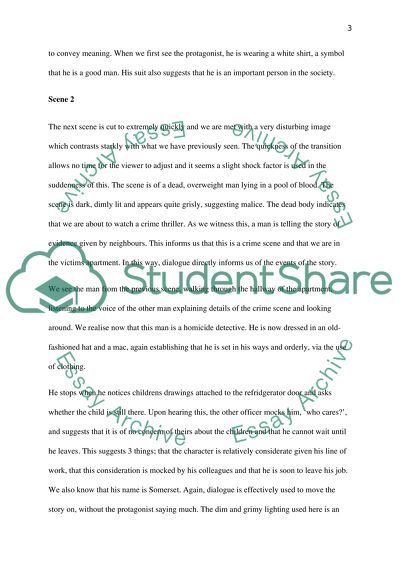Cite this document
(A Timed Textual Analysis of the Film Seven Essay, n.d.)
A Timed Textual Analysis of the Film Seven Essay. Retrieved from https://studentshare.org/visual-arts-film-studies/1591902-timed-textual-analysis-film-seven-the-first-five-minutes-in-the-beginning
A Timed Textual Analysis of the Film Seven Essay. Retrieved from https://studentshare.org/visual-arts-film-studies/1591902-timed-textual-analysis-film-seven-the-first-five-minutes-in-the-beginning
(A Timed Textual Analysis of the Film Seven Essay)
A Timed Textual Analysis of the Film Seven Essay. https://studentshare.org/visual-arts-film-studies/1591902-timed-textual-analysis-film-seven-the-first-five-minutes-in-the-beginning.
A Timed Textual Analysis of the Film Seven Essay. https://studentshare.org/visual-arts-film-studies/1591902-timed-textual-analysis-film-seven-the-first-five-minutes-in-the-beginning.
“A Timed Textual Analysis of the Film Seven Essay”, n.d. https://studentshare.org/visual-arts-film-studies/1591902-timed-textual-analysis-film-seven-the-first-five-minutes-in-the-beginning.


